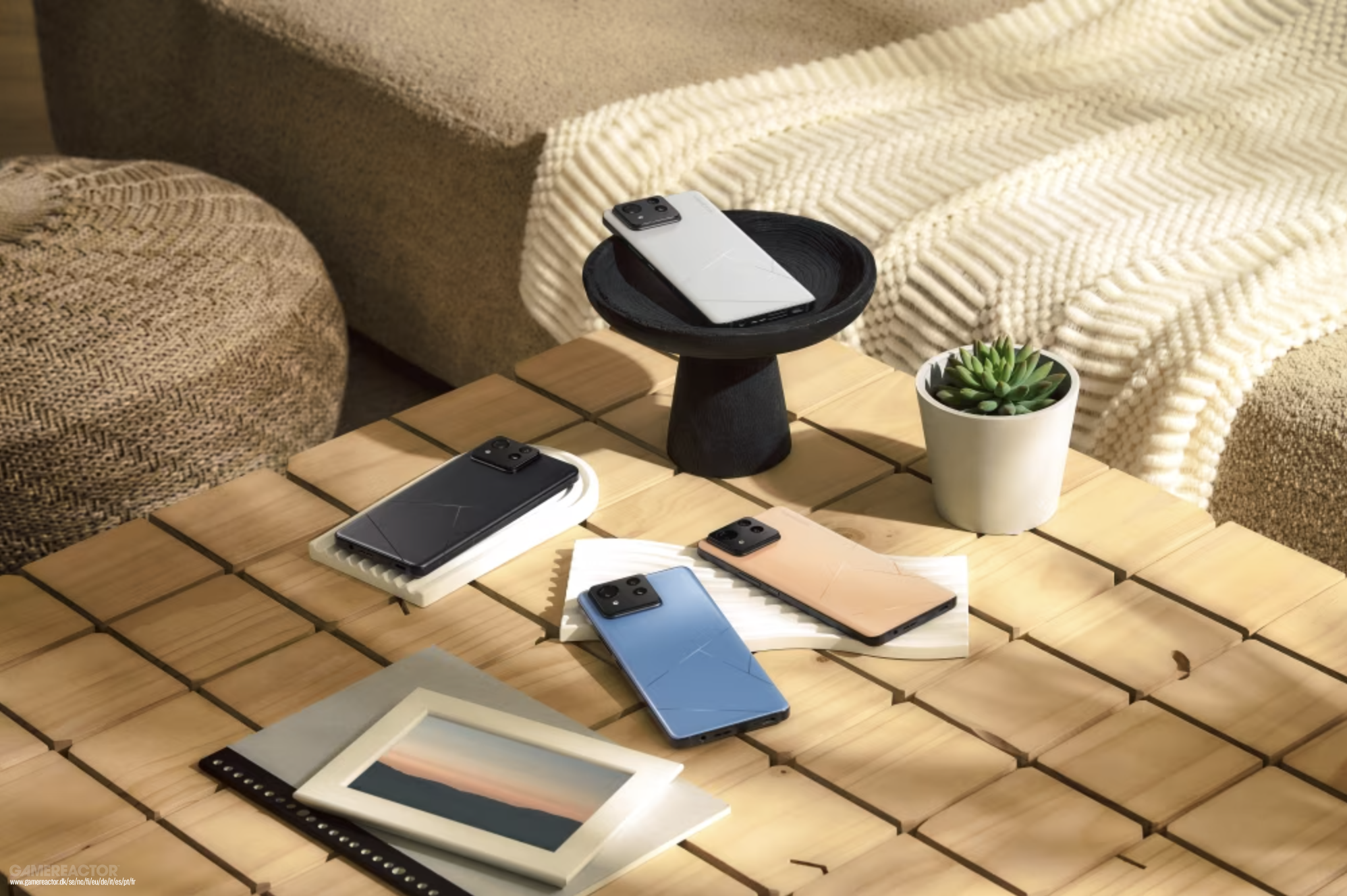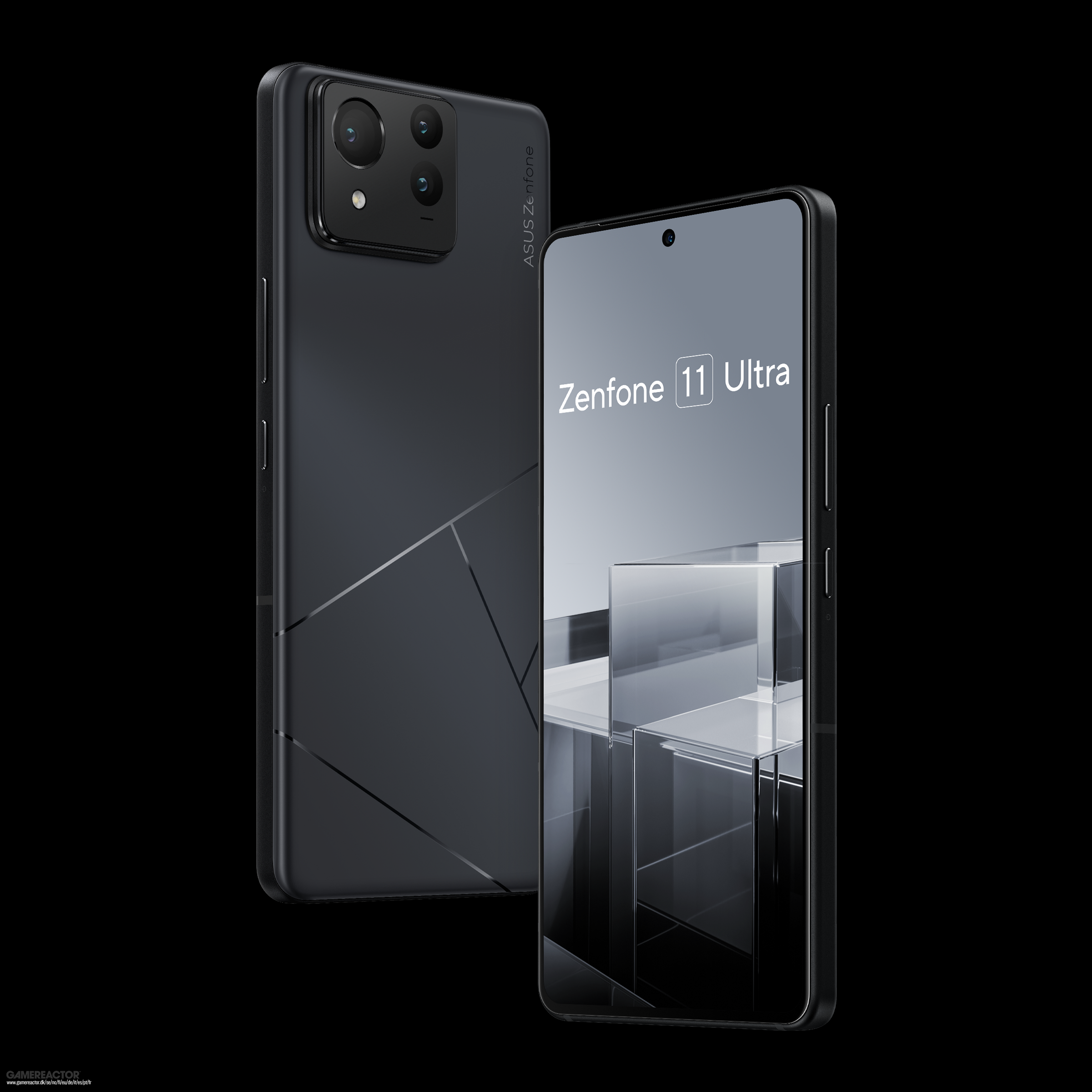Well, let's address the elephant in the room right away; Although this is specifically the 'Ultra' version, there are indications that Asus will compete more directly with the major smartphone giants, the market leaders, through the use of larger screens, although one aspect that… Many seem to like it in the Zenfone line The original was that you could get the main features in a smaller format.
But here comes the Zenfone 11 Ultra, Asus's big move against established giants, and while it's worth shedding a tear over what could be the last compact flagship phone, this phone heralds a new era, and one Asus has already started well.
Let's start practically and prove that we have dual SIM, Gorilla Glass Victus 2 in the display, aluminum frame, IP68 certification, 5500 mAh battery, 65W wired charger and 15W wireless charging. There is a stereo speaker, a headphone jack, a reliable fingerprint scanner under the display, WIFI 7 and Bluetooth 5.4. In other words, it's all here, all the features you'd expect from a 2024 flagship phone.
Advertising:
Additionally, Asus took some inspiration from the successful ROG Phone line, and by that I'm referring to a series of angular lines that cut across the frosted glass back and really make the phone stand out. The distinctive “island” camera also appears to be inspired by ones we've seen several times on the ROG Phone, and that's not a criticism. Everything is very well executed and put together, inspiring confidence.
Under the hood, no expense has been spared either. Snapdragon 8 Gen 3, Adreno 750 GPU, up to 16GB of RAM, and up to 512GB of UFS 4.0 storage – these are all top-tier components that usually lead to higher prices. The price is higher too – you'll have to pay around £900 for the top model with 16GB of RAM, but in direct comparison it's more aggressive than, say, the Pixel 8 Pro which starts at £850 for 128GB and 12GB. of RAM, perhaps most notably the Samsung Galaxy S24 Ultra, which with 256GB will set you back around £1,249.
Yes, they're more expensive than ever, but Asus knows that price is one point at which they can influence the status quo, and they certainly do. The display is an LTPO AMOLED panel with a resolution of 1080 x 2400 and 144Hz. It's capable of a peak of 2,500 NITS, measures 6.78 inches, and is flanked by a small, insignificant cutout that houses a 32MP selfie camera. Some may point to the 1080p resolution as disappointing, and it's actually the Zenfone 11 Ultra's main weakness, but trust us when we say it's not something you'll notice in practice, and thanks to excellent color calibration, pleasant brightness and a silky-smooth refresh rate this is one of the best displays in market.
Advertising:
Fortunately, Asus has also focused on offering a powerful camera system. Forget the fear of a stupid 2MP macro lens. Here you have a 50MP 24mm wide-angle lens with OIS, a 32MP telephoto lens that only offers 3x optical zoom, and finally a 13MP 120-degree ultra-wide lens. It offers 8K recording at 24fps, or 720p/480fps with gyro-EIS for time-lapse and the like.
Are there any complaints? Yes, they exist. If you want to dance with the grown-ups, you'll have to accept careful reviews of the product's features, and here again, “only” 1080p, 3x optical zoom, and the fact that they've ditched the cloth-based optical zoom means the Zenfone's polymer line in favor of frosted glass means that Asus has lost some of the identity that separated Zenfones from the rest of the field.
However, the images are very good, although not at the level of the Pixel, Samsung or iPhone, performance is excellent, Asus' Android design is very clean, and the screen is very nice even at the lowest resolution. With all this in mind, Asus continues to produce powerful smartphones.



